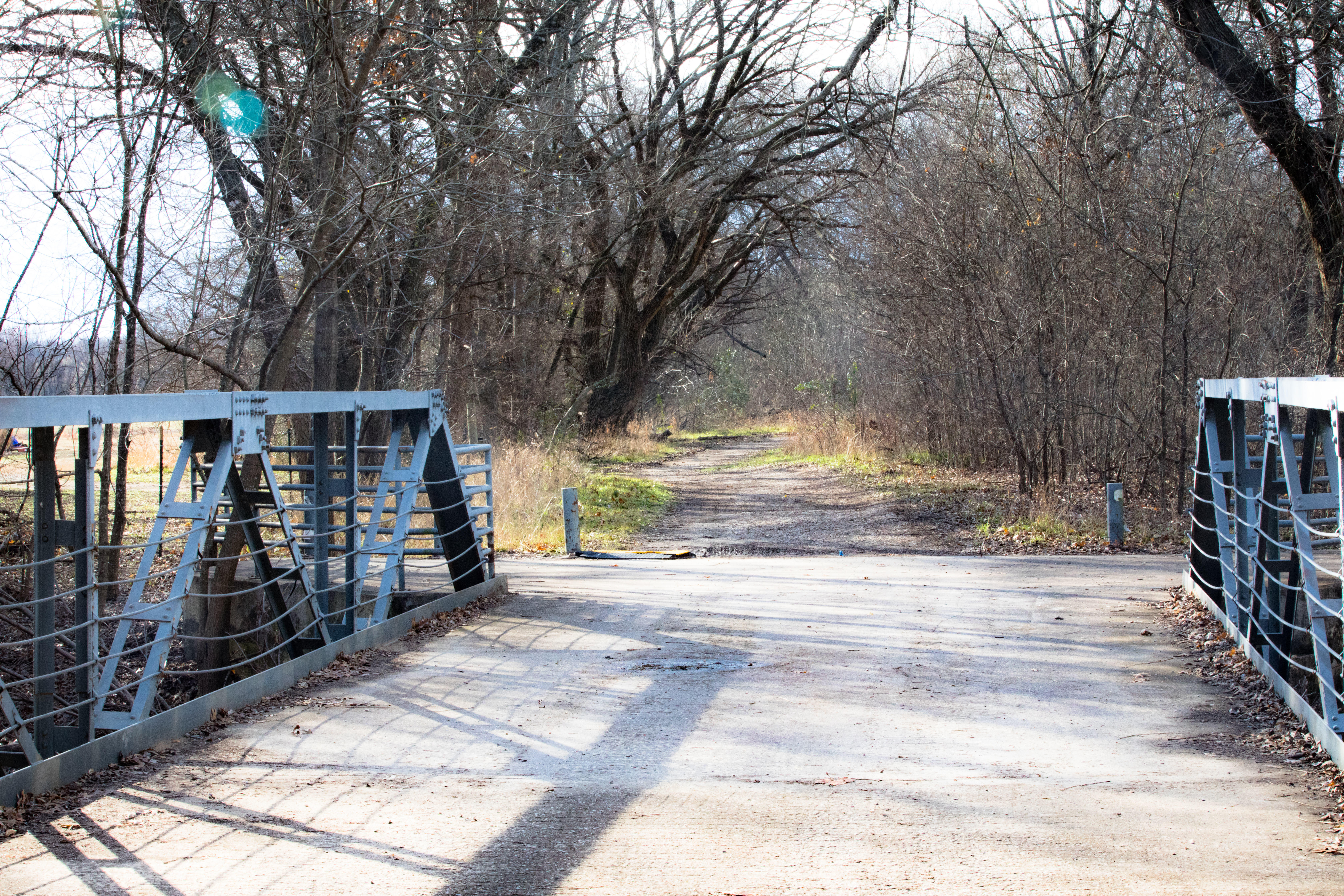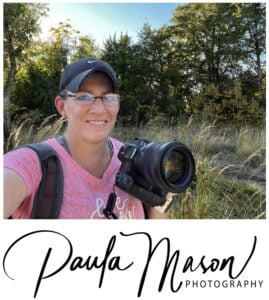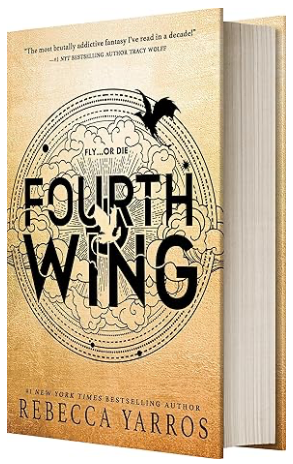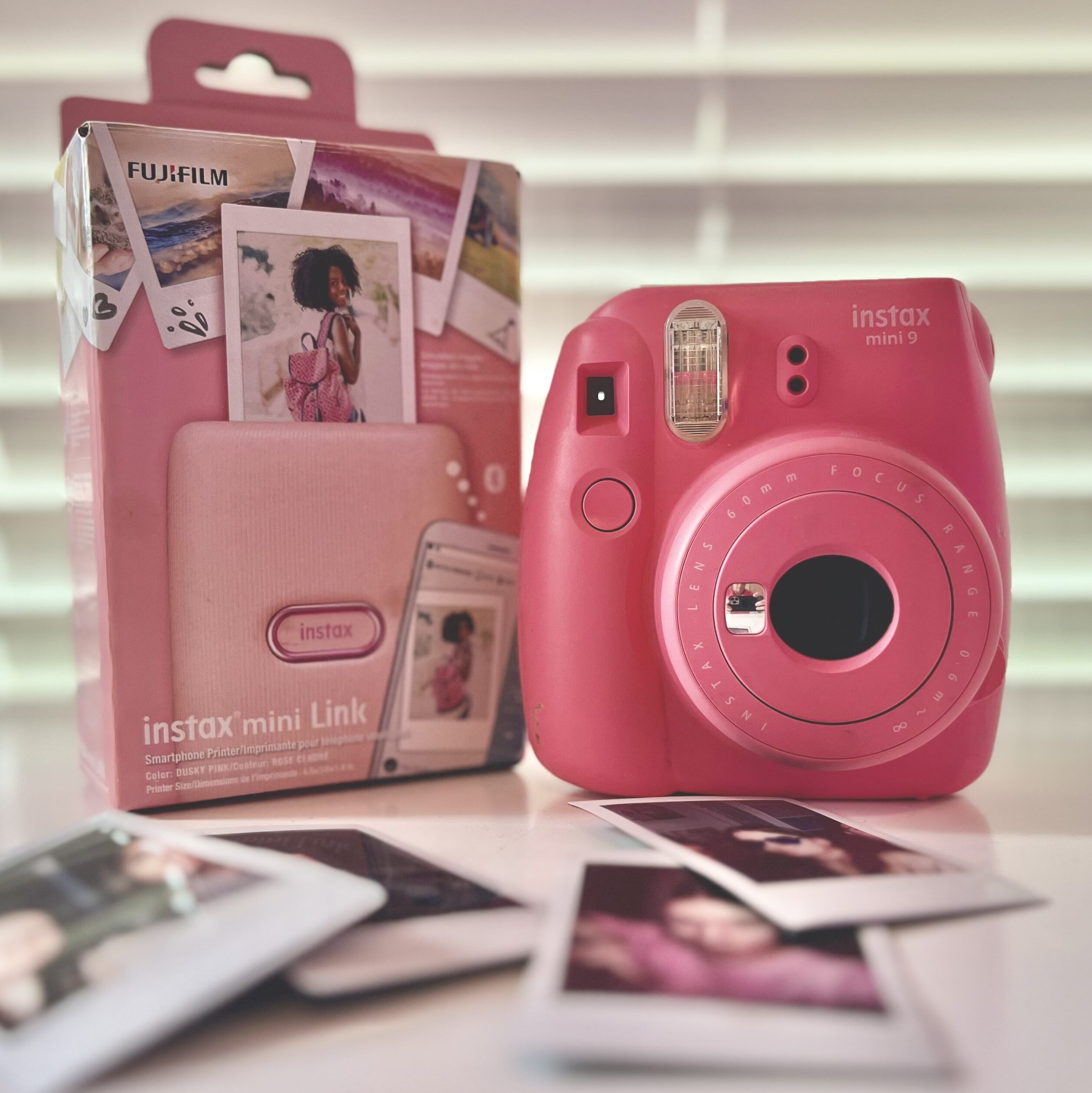Lens flare? What? Who knew? I was out at a local conservation area in my neighborhood recently with my Canon 5D Mark IV with my 70-200 zoom lens attached. I was out hiking around looking specifically for birds, but the area around me was so beautiful, that I decided some landscape shots would be nice also.
Enter the lens flare! I typically have my lens hood close at hand, but if you know anything about the Canon 70-200 zoom lens, you know that it is HUGE! All on its own it is a heavy, long lens, and when you attach the lens hood, it looks like I should be out shooting sports pictures for the NFL or something!
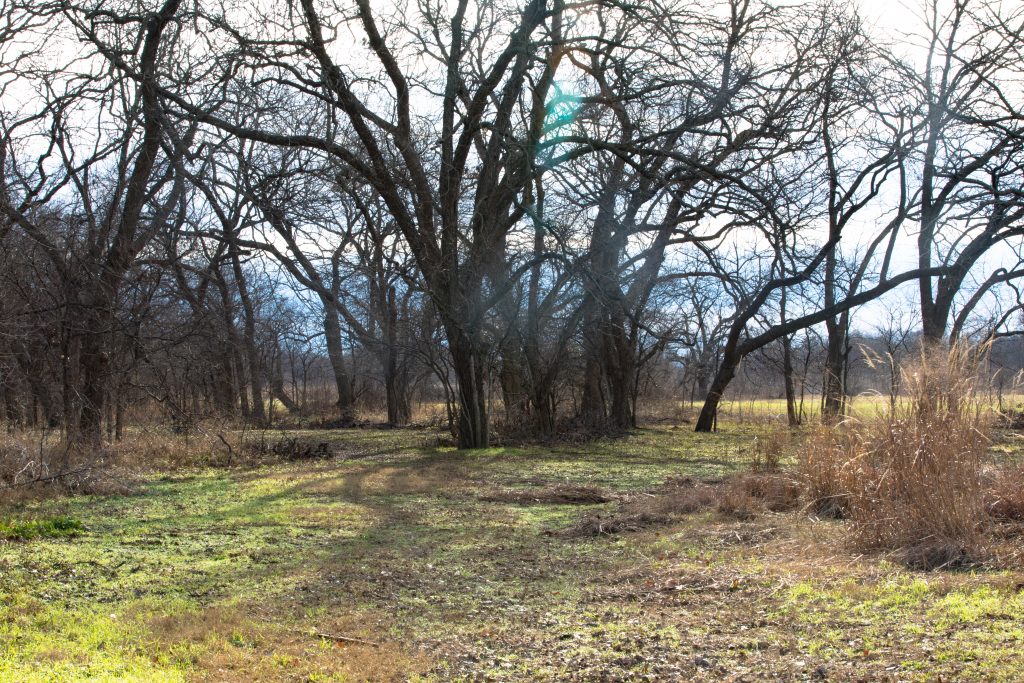
See that turquoise colored spot right in the middle of the tree? Well that’s lens flare. Not much I can do about it now, but with a hood on the end of my lens, I’m sure that would not be there!
Have you seen those super zoom lenses that sports photographers use? That’s what I feel like I’m carrying with me when I attach the hood to my Canon 70-200!
I had never had any trouble with lens flare before, so why would this day be any different? So on this particular day, I left my lens hood at home (by accident, actually). It should’ve been okay, after all, it was very over-cast outside. The direct sunlight was not going to be a problem. I also left my camera bag with all of my other camera tools, supplies, and treasures at home.
I was planning on checking the hiking conditions out quickly while I waited for the library to open. I wasn’t going to be there for more than 30 minutes tops!
Imagine my surprise, when just as I pulled in to the parking lot, the sun emerged from behind the clouds and suddenly I was in the middle of a perfectly beautiful, sunny morning! So now I found myself in an open prairie like space called The Connemara Conservancy, the place where I discovered the beautiful Eastern Bluebird.
It has some large trees around the perimeter, some beautiful open fields, some swampy areas, and now there was even a very bright, shining sun! And no lens hood. Lens flare still had not even entered my mind though…
I was ready to start my adventure, just as soon as I found a pocket so I could store my ear muffs and gloves – suddenly I did not need them anymore. The meadow I was in looked beautiful, and I had the entire place to myself – well, except for 3 workers and a few hundred birds and other creatures. I was snapping away with my camera.
[amazon_link asins=’B00K899BZ8,B000B6A4S6,B00013MSUQ,B01LQDJHW6,B00BXVR9Z4,B0007MXVH0′ template=’ProductGrid’ store=’ballcapmomcom-20′ marketplace=’US’ link_id=’b6f7854d-f2c6-11e6-b291-99d349de86aa’]
As you can see from the grid above, lens hoods are very reasonable, so there is not reason not to invest in one (or many), as there are several different styles.
I couldn’t wait to get back home to check out my shots on my computer. They all looked great on my little camera screen, but we all know that sometimes that can be a bit misleading.
So I got home and loaded all of my wonderful photos onto my computer, and that’s when I spotted it! Lens flare! What? Some of my best photos had a giant sun-spot right in the upper, right-hand corner of a few of my pictures.
And some had this same giant sun-spot in the upper left-hand corner. What was going on? That’s when I Googled “lens flare.” Yep…I had a bad case of lens flare in many of my photos! What a bummer…
What Exactly is Lens Flare?
By definition on the Cambridge in Color Website, lens flare is created when non-image forming light enters the lens and subsequently hits the camera’s film or digital sensor. This often appears as a characteristic polygonal shape, with sides which depend on the shape of the lens diaphragm.
It can lower the overall contrast of a photograph significantly and is often an undesired artifact, however some types of flare may actually enhance the artistic meaning of a photo. Understanding lens flare can help you use it — or avoid it — in a way which best suits how you wish to portray the final image.
How Can You Reduce Lens Flare?
The folks at Cambridge in Colour suggest using a lens hood – this I already knew. Just forgot about it! Their suggestion for choosing a lens hood is to first choose a good lens hood! A good lens hood can nearly eliminate flare caused by stray light from outside the angle of view. Ensure that this hood has a completely non-reflective inner surface, such as felt, and that there are no regions which have rubbed off.
Although using a lens hood may appear to be a simple solution, in reality most lens hoods do not extend far enough to block all stray light. This is particularly problematic when using 35 mm lenses on a digital SLR camera with a “crop factor,” because these lens hoods were made for the greater angle of view. In addition, hoods for zoom lenses can only be designed to block all stray light at the widest focal length.
If you are trapped outside with bright sunlight, and no lens hood, there are a few things you can do to help with lens flare. My first suggestion is to use your hand as a little shade (or lens hood). I’ve used this method many times.
All you do is just cup your hand over the end of the lens – just make sure your hand it not showing in the shot! Having to crop out your own hand from your shots is worse than having the lens flare. Right?
The other suggestion, especially if you are using moveable props, is to set up some of your props so that they block out some of the direct sunlight. If you are not using moveable props, you might have to consider just changing settings. Place your subject in front of a tree or a fence. That will block the sun flares for sure!
Or, if you are really artistic, and have ideas of how to use lens flare to spice up your photo, then just do that. But…in my limited experience with editing photos, I was not able to get rid of the lens flare in many of my photos without changing the picture entirely!
Not my favorite choice. So now I am very aware of lens flare, and try my very best to pay attention to details like that while taking the photos, instead of hoping to “fix” my pictures after I shoot them.
If you’d like to read the article from Cambridge in Colour on lens flare, click here: Understanding Camera Lens Flare. It goes in to much more detail on what causes lens flare, how to avoid it, and what types of lens hoods are best. Lots of good information!
Also, if you prefer YouTube videos, check out this one below from Jared Polin of Fro Knows Photo. This is an old video, but the information hasn’t changed much. Jared has several good videos on all sorts of topics, camera reviews, etc. I highly recommend checkin him out! And Jared says “I always shoot with a lens hood,” so that is what I will do from now on.
So there you have it. Lens flare in a nutshell! I hope you already have your lens hoods for all of your lenses, and I also hope that you remember to bring them with you for a photoshoot – even on a cloudy day. You just never know when the sun is going to peek through those clouds! Have fun, and keep taking pictures. Until next time…
[amazon_link asins=’B008H5PPIW,B01KURGS9Y,B00015CQ2E,B004YTTI1A’ template=’ProductGrid’ store=’ballcapmomcom-20′ marketplace=’US’ link_id=’aefcc27a-f2c8-11e6-b740-d7c9b43832b4′]

